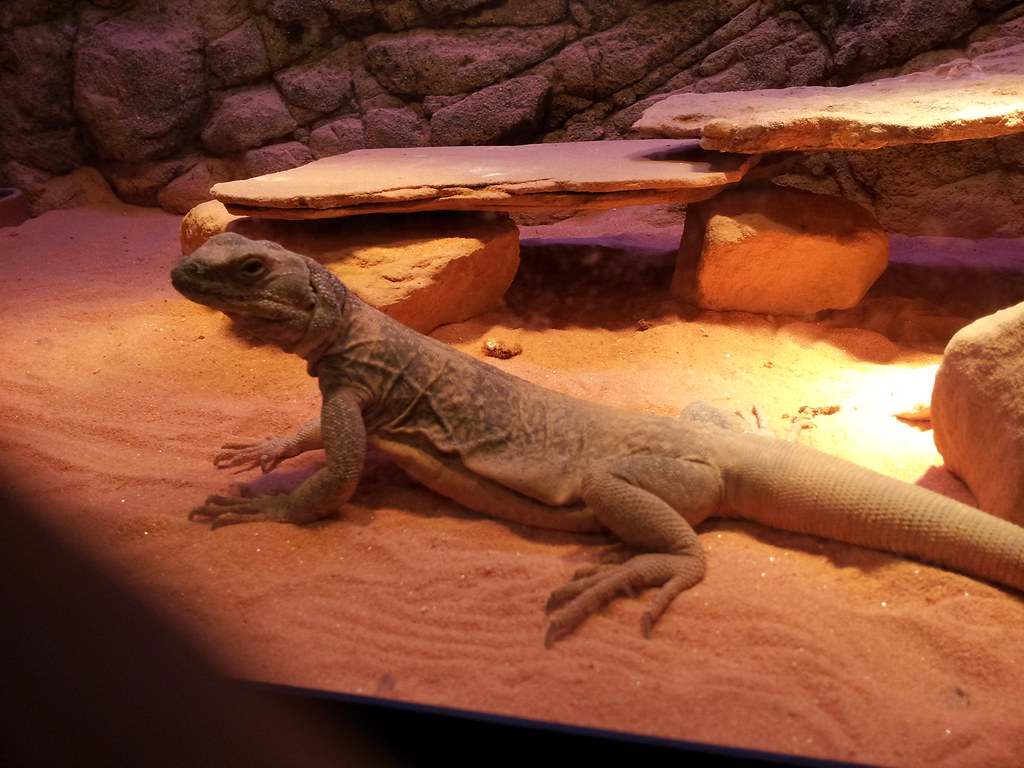Another project.
Here's an actual photo! Google isn't letting me insert a jpeg outside of my G-drive.. so.. "img src ="br />

It's a photo that was uploaded to my twitter (or technically to bucketphoto) back in August. I never really went around to doing something with it. It's just been sitting on my table top all this time. It's the micro controller to a liquid soap dispenser (LSD). LSD's are cheap now-a-days. Cheap as in, 10-15 USD depending on the brand/model. The lame thing about this LSD was that we had it in the house for not more than a few months before this chemical attack to the interior happened. The batteries consequently leaked out, but this might have been due to a different cause? After having it sit in the kitchen idle for so long, the soap within the pipes and components dried out and cogged the system. I needed to disassemble it to clean out the soap and used a needle to clear out the nozzle piece. Actually it turned out I only needed to remove a membrane covering it and rush water in. Weird enough, after I scrapped off the "rust" and made a connection with some new batteries, the motor works.. or at least it wiggles, but it does so based on a preset value it's stuck on. Neither of the switches seem to adjust this. The LSD can manage to pump water out through the nozzle, but the pump pressure isn't high enough to yield us some actual liquid soap. I guess if we diluted the thing some.. Nay! I will not be forced to live life with diluted soap! I need a replacement augmented microcontroller. I can probably still use some of the components already on the chip. I think it's just the plastic on the board that's ruined. But the exposed copper is also rusted..
So I have a theory:
on top by the output nozzle there is an IR emitter. By the base on top of the two buttons of the LSD there's an IR sensor. When a person puts a hand to request for soap the LSD reads this by some discontinuity in its reading. Or maybe this is in reverse?
Found this video. Turns out my product comes from a company calling itself "Simplehuman," they make kitchen appliances. My model is the ST1008, the circuit was created back, at most in, 2010 though. I think I'll keep the peripherals, do away with their main circuit, and replace it with something holding an Atmel AVR microcontroller.
2nd theory: Recalling form memory, the bottom LED, or LED#1 serves as an indicator. LED#2 is definitely IR though. But there's a 2nd element on the auxiliary PCB of a type I don't recognize. serial # 503504-00-01. Also, I'm not sure what the 2nd IC on the main PCB is for. It's probably a H-bridge of some type. The main PCB also has a 4 hole-ed portion labeled "J2". I'm thinking ST1008 uses a generic PCB design. It looks that this model doesn't use that portion maybe, and therefore some of the resistors embedded don't really do anything? Or another theory, maybe J2 is a spot designated for a programmer to come in to prepare the main IC? It probably still works. I don't think anything on the PCB has been shorted, only disconnected due to the chemical attack that diffused through it. LED#1 is no longer turning on though. A multimeter does read a potential difference across it. I might be able to just replicating the whole PCB board again, but I really wanted to develop something from scratch. That auxiliary PCB is still an issue. Portion "J3" - I'll need to prototype with a breadboard and see what values come out as I run current through the leads. Or maybe I'll just use an Arudino for this since it's what I'm already more familiar with.










